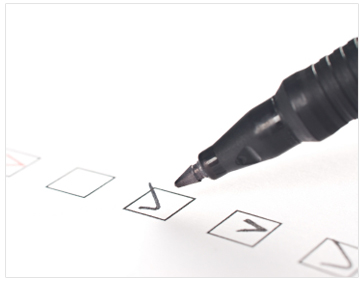Photo courtesy of Glocking Tall
On Sunday July 15, 2012, I traveled to the River Bend Gun Club in
Dawsonville, Georgia, for the GSSF River Bend Ballistic Challenge V.
As usual, I shot my Gen2 Glock 17 Bruce, and it performed perfectly, as
expected. For those unfamiliar, you can refer to the GSSF course of fire here.
MATCH PREMLINARIES
The GSSF course of fire consists of ten strings – 4 on Glock the
Plates, and 3 each on 5 To Glock and Glock M. So, owning 11 magazines, I am
able to pre-load my magazines and not have to do so at the range. That’s a nice
thing.
One thing to remember is that we are allowed 11 rounds total per
string, so if I load all my magazines with 11, and I don’t shoot the gun dry, I
will need to strip one round off the next magazine before using it.
In fact, since 5 To Glock is exactly two shots per target, with no
chance of make-ups as there are on the other two stages, I load my magazines 11
– 10 – 9. Then, I have one in the chamber after the first two strings, but the
slide is closed. And, the slide locks back empty after the last shot, so
showing clear is simple.
Before the match I did my usual pre-match checklist.
Life has a way of throwing curve balls, though, and one thing I learned
in baseball was never to sit on a pitch, that is, never assume you know what’s
coming next. This came to the forefront
with a pre-match malfunction.
For dry firing I almost always install my plastic 5.11 training barrel.
However, during the course of practice, the end of the recoil spring must have
slipped off the notch in the barrel, because I couldn’t get the slide to slip
off as I disassembled it, no matter how hard I tried. I tried everything I knew to get the slide off, to no
avail. Finally, I had to resort to cutting the guide rod, and replacing it with
a spare.
SHOOTING THE MATCH
When I arrived, it had been raining, sometimes hard, for about an hour.
Footing was still good, but some stages had the cardboard NRA targets covered
with plastic to protect them.
I elected to shoot Glock The Plates first, without a warm-up round, since the plates weren't affected by the rain. Bad
idea. I left 4 plates standing my first round, and I could tell from the paint
missing from the support that I had been shooting low and a little left,
meaning I was jerking the trigger. I know enough from golf not to try and diagnose
and fix problems mid match, so I just aimed a little high and right, and I had
no misses the rest of the day. My Plates runs were in the mid-7 second range,
which was about a second longer than normal, but that was okay.
I had one other close call, when I flinched on one of the long 25 yard shots on
5 To Glock. I called the shot low, and I thought it might be a miss, but it was
a D, low and left. Even the RO commented when we were scoring. Some of my other
5 To Glock shots were in the D range, and those 3 second penalties hurt.
Some time while I was waiting for the third stage, Glock M, it stopped raining
and the sun came out, all in the space of about 2 minutes. The temperature
climbed, but the humidity stayed the same – 100 percent.
All this meant good hydration was essential. I had already drunk about
300 ml of the 1L of sports drink I had brought, and I drank another 500 ml
while I waited, and ate a couple of granola bars. Of course, none of this alleviated
the temptation to walk across the way to the Holy Smoke barbecue stand operated
by a local church. The wind was blowing that tempting smoke our way all day. But I resisted.
I shot the last stage in a decent time, with all Alphas and three
Charlies. One thing I did now that the sun was out was step forward a foot or so, so that my fiber optic front sight was fully illuminated by the sun. This helped a lot.
All in all, my overall match score was 188.1, not a good time at all. Four Mikes and
a bunch of Deltas, combined with subconsciously slow shooting in the rain, add up.
AFTER THE MATCH
There are usually a decent number of booths at the Dawsonville match,
but a lot of them called it quits during the rain, before I arrived. So, I didn’t
get to buy any cool Glock items.
I did pay a visit to the factory Armorer, even though Bruce had been
given the once over just a couple of months ago to relieve the Gen2 frame. I also told him about my training barrel
incident, and he gave me a new recoil spring, making this the third year in a
row my recoil spring has been replaced. Everything else was fine, though, as I
expected.
I was tweeting after the match, and found a new blog, Glocking Tall
(@GlockingTall), whose author was at the match as well. I am looking forward to getting to know him, and I added him to
the blog roll today.
So now we wait for Glock to post the scores. I won't win a gun for coming in first, but in a few weeks the final scores will be posted, including the random drawings. There's hope for me yet.




















